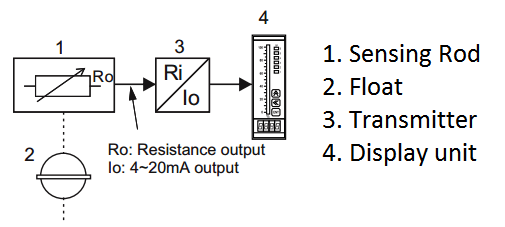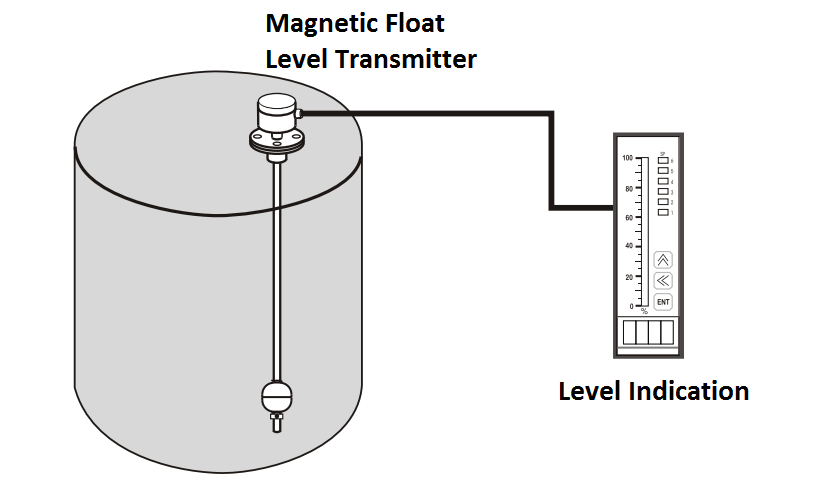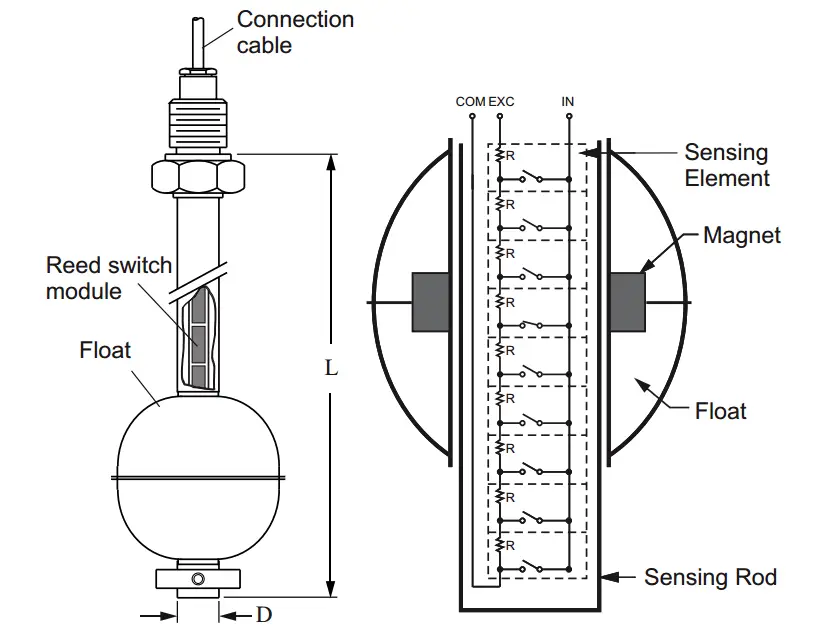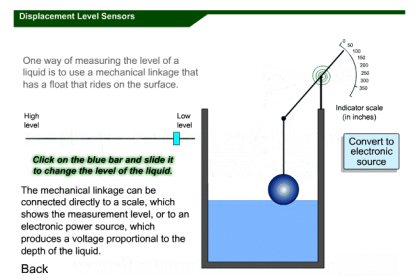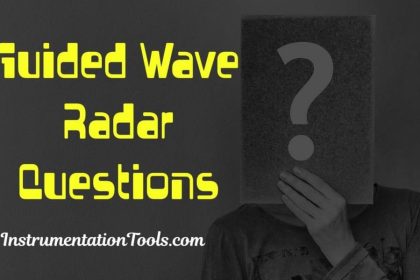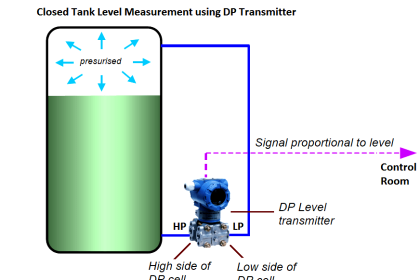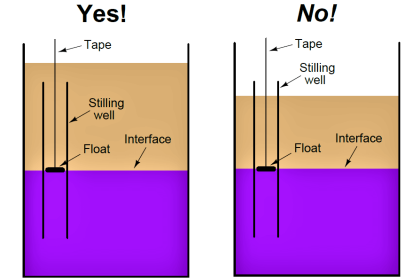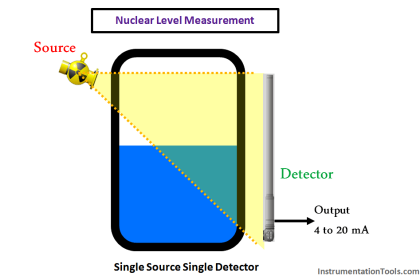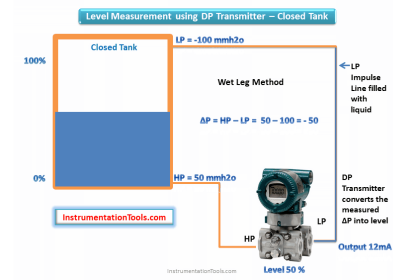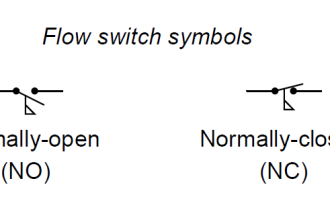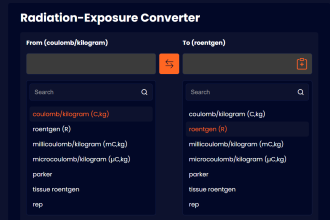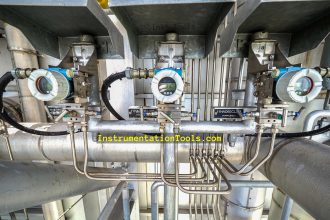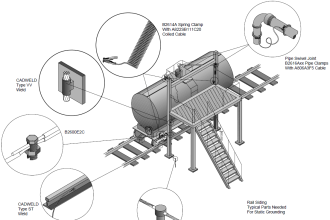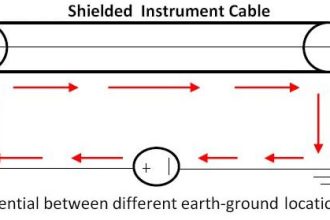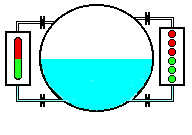The magnetic float level transmitter devices using the principles of buoyancy and magnetism to generate a changing electrical output in response to the rise and fall of the float on the sensing guide rod.
Magnetic Float Level Transmitter
The magnetic float level transmitter provides a 3-wire resistance output or can be equipped with an appropriate level transmitter to provide a 4-20mA analog signal indicating liquid level.
The sensing guide rod includes a series of reed switches along the entire measuring length. Placement of reed switches provides either of two possible measuring resolutions.
The “Magnet Float Level Transmitter” is composed of a float and sensing rod (shown below).
As the float is raised or lowered by the liquid level, the sensing rod will induce a resistance output, which is directly proportional to the liquid level.
The Magnet Float Level Transmitter is a sturdy, reliable and durable device that is applicable across most industries.
Magnetic Float Level Transmitter Construction
Source : FineTek
